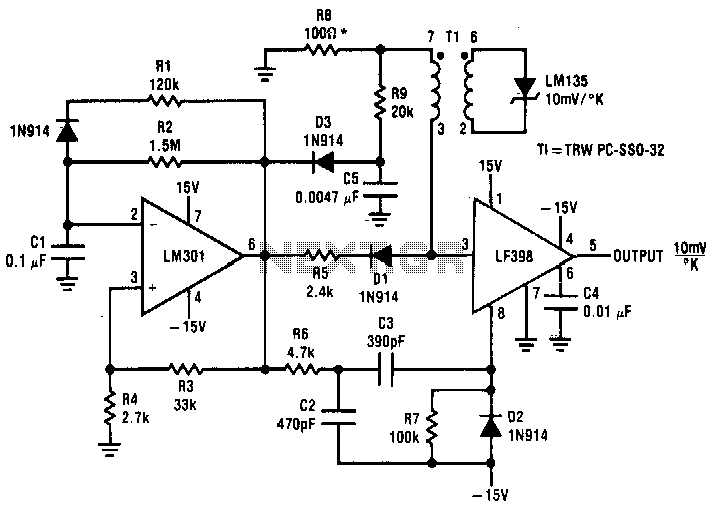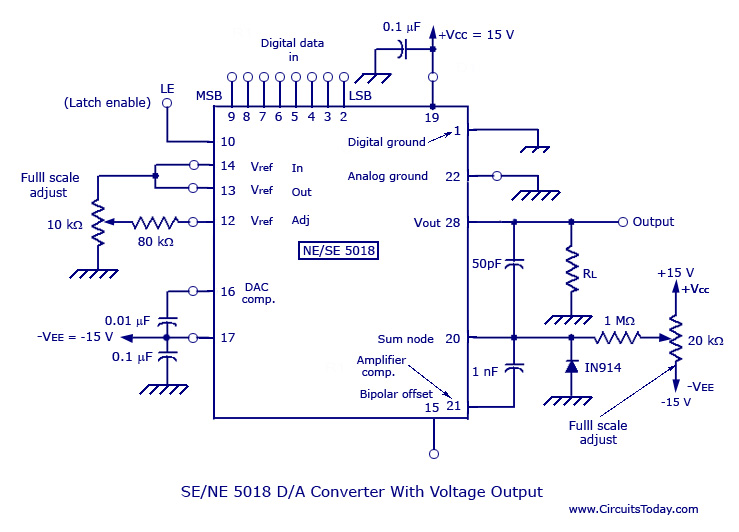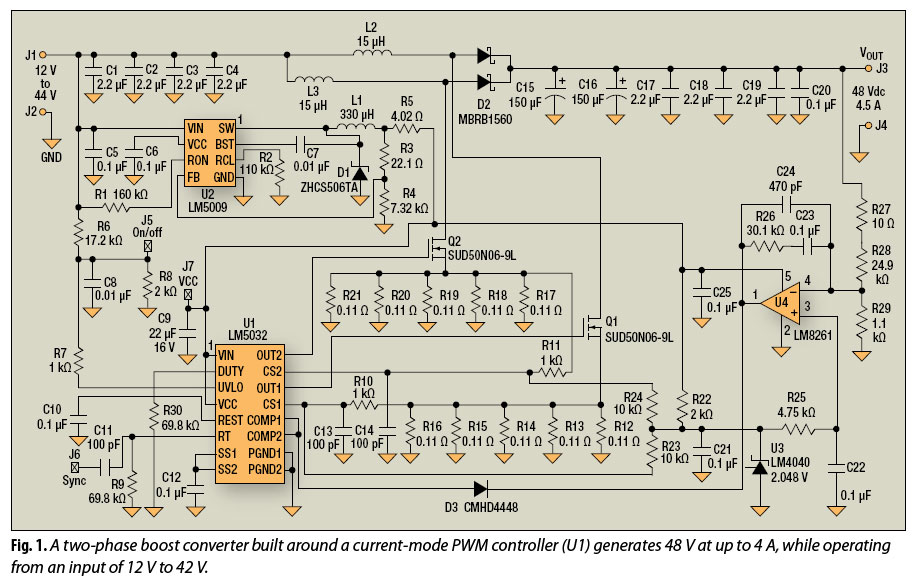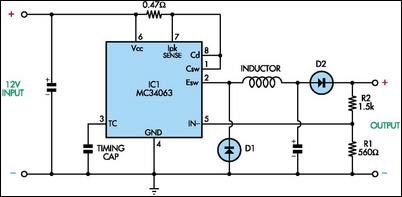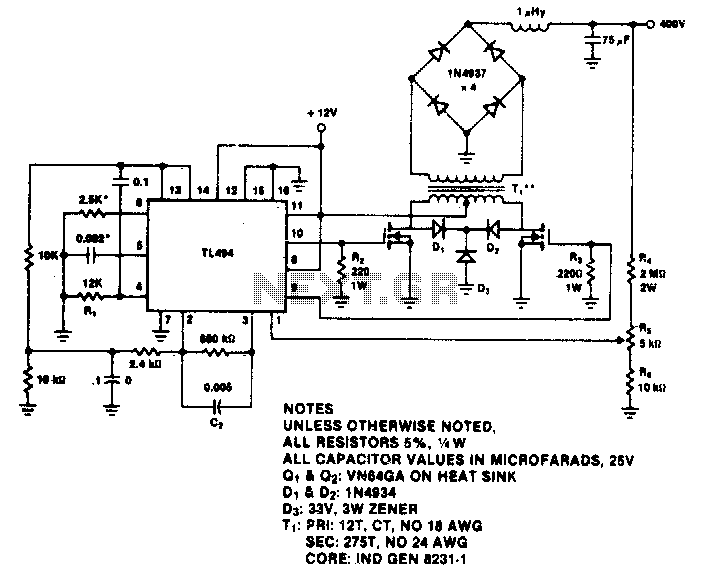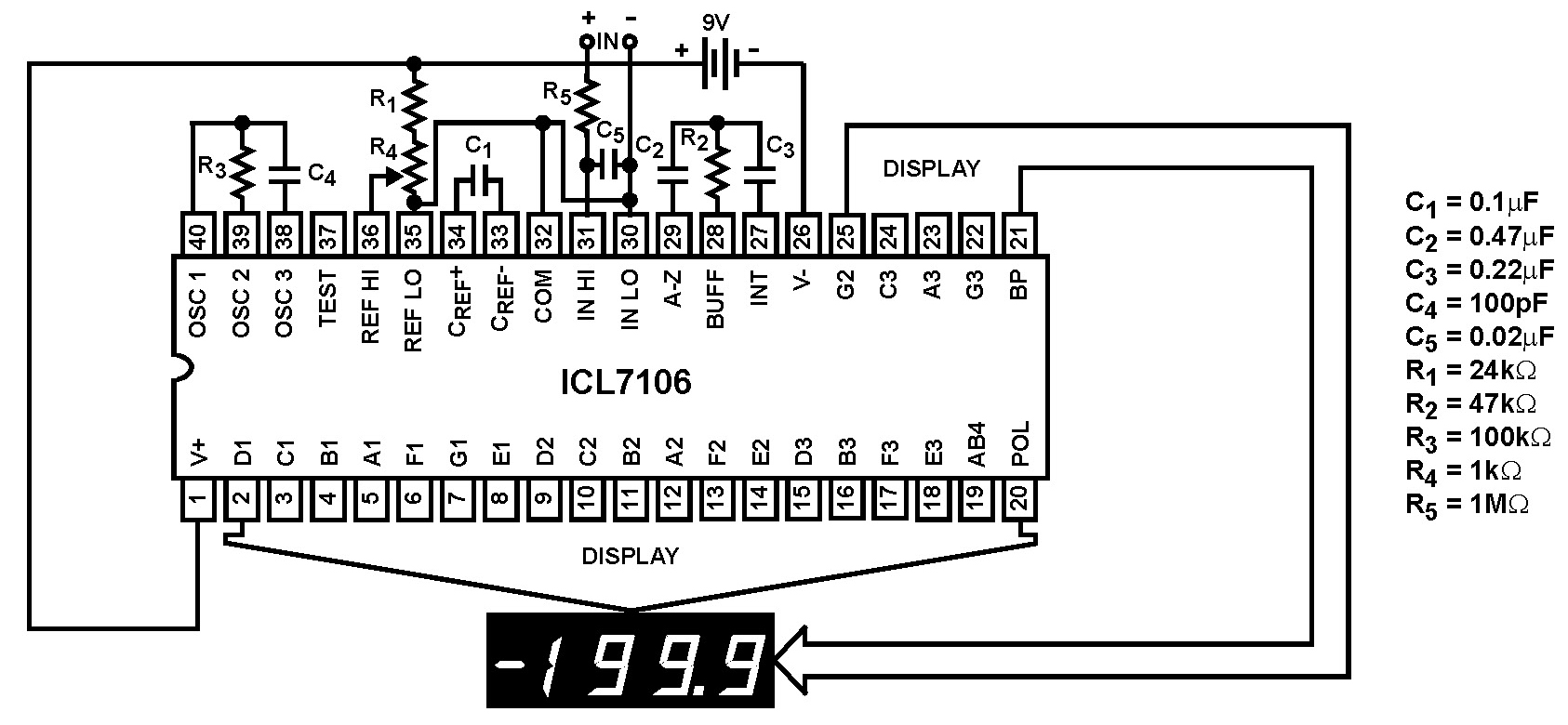
Layout Guidelines for the MAX16974/MAX16975/MAX16976 DC-DC Converters
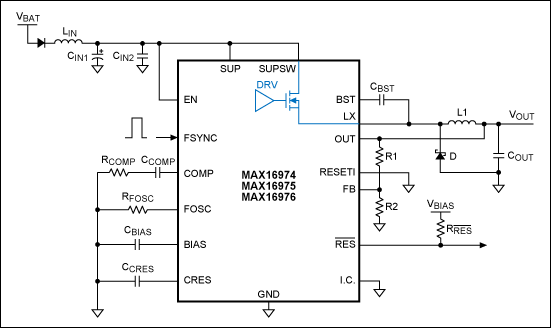
Optimize the layout of the MAX16974/MAX16975/MAX16976 high-performance DC-DC converters, which are standard buck controllers designed for automotive applications.
The MAX16974, MAX16975, and MAX16976 are advanced DC-DC buck converters specifically tailored for automotive environments. These devices are engineered to deliver high efficiency and reliability, essential for automotive applications where power management is critical.
In optimizing the layout for these converters, several key considerations must be taken into account to ensure optimal performance. First, the placement of components should minimize the loop area of the high-frequency paths, which helps reduce electromagnetic interference (EMI) and improves overall efficiency. The input and output capacitors should be placed as close as possible to the converter's input and output pins, respectively, to minimize parasitic inductance and resistance.
Ground planes should be utilized effectively to provide a low-impedance return path for the current, which is crucial in high-frequency switching applications. Adequate thermal management must also be considered; the layout should allow for efficient heat dissipation to maintain the converters within their specified temperature range, thereby enhancing reliability and longevity.
Additionally, the use of vias should be minimized in high-current paths to reduce inductance and improve performance. The selection of trace widths according to current-carrying capacity is essential to prevent overheating and ensure safe operation.
By adhering to these layout optimization principles, the performance of the MAX16974, MAX16975, and MAX16976 converters can be maximized, thereby meeting the stringent requirements of automotive applications while ensuring robust and efficient power management.Optimize the layout of the MAX16974/MAX16975/MAX16976 high-performance DC-DC converters, standard buck controllers designed for automotive applications.. 🔗 External reference
The MAX16974, MAX16975, and MAX16976 are advanced DC-DC buck converters specifically tailored for automotive environments. These devices are engineered to deliver high efficiency and reliability, essential for automotive applications where power management is critical.
In optimizing the layout for these converters, several key considerations must be taken into account to ensure optimal performance. First, the placement of components should minimize the loop area of the high-frequency paths, which helps reduce electromagnetic interference (EMI) and improves overall efficiency. The input and output capacitors should be placed as close as possible to the converter's input and output pins, respectively, to minimize parasitic inductance and resistance.
Ground planes should be utilized effectively to provide a low-impedance return path for the current, which is crucial in high-frequency switching applications. Adequate thermal management must also be considered; the layout should allow for efficient heat dissipation to maintain the converters within their specified temperature range, thereby enhancing reliability and longevity.
Additionally, the use of vias should be minimized in high-current paths to reduce inductance and improve performance. The selection of trace widths according to current-carrying capacity is essential to prevent overheating and ensure safe operation.
By adhering to these layout optimization principles, the performance of the MAX16974, MAX16975, and MAX16976 converters can be maximized, thereby meeting the stringent requirements of automotive applications while ensuring robust and efficient power management.Optimize the layout of the MAX16974/MAX16975/MAX16976 high-performance DC-DC converters, standard buck controllers designed for automotive applications.. 🔗 External reference
